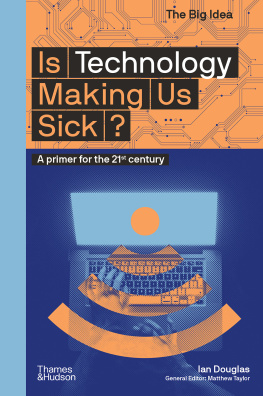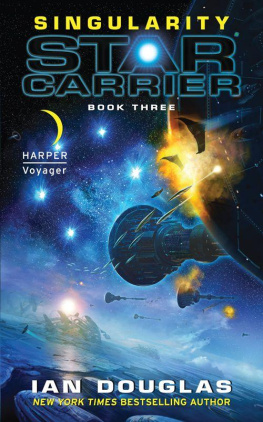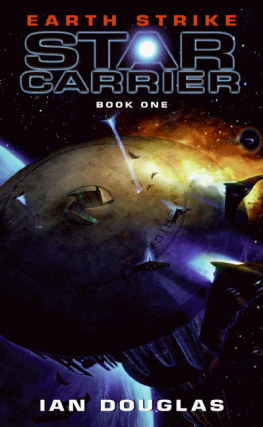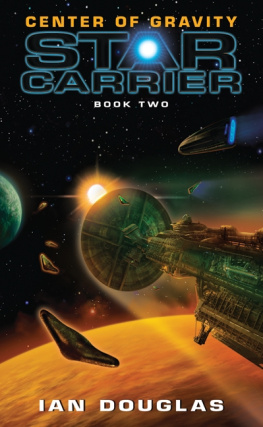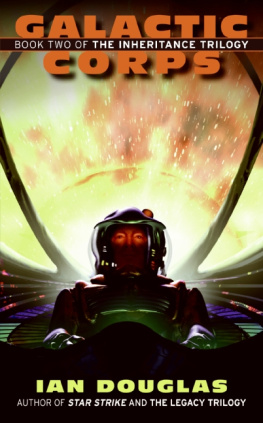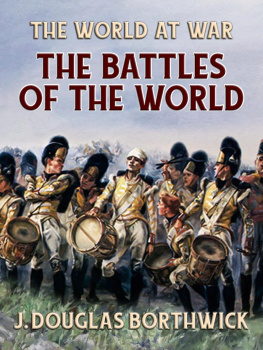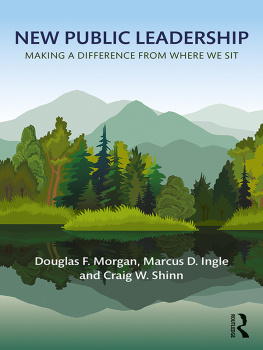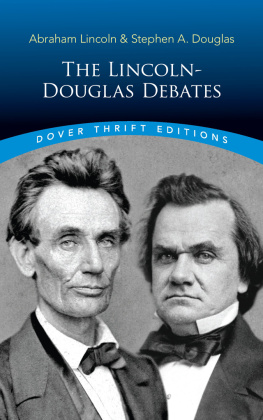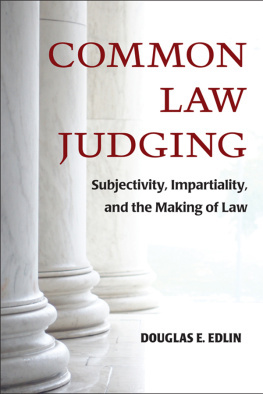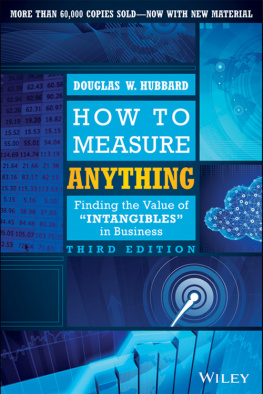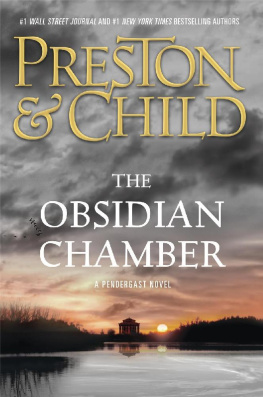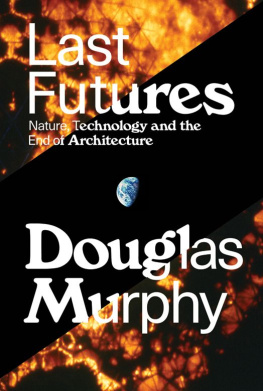Ian Douglas - Is Technology Making Us Sick?
Here you can read online Ian Douglas - Is Technology Making Us Sick? full text of the book (entire story) in english for free. Download pdf and epub, get meaning, cover and reviews about this ebook. year: 2020, publisher: Thames & Hudson, genre: Politics. Description of the work, (preface) as well as reviews are available. Best literature library LitArk.com created for fans of good reading and offers a wide selection of genres:
Romance novel
Science fiction
Adventure
Detective
Science
History
Home and family
Prose
Art
Politics
Computer
Non-fiction
Religion
Business
Children
Humor
Choose a favorite category and find really read worthwhile books. Enjoy immersion in the world of imagination, feel the emotions of the characters or learn something new for yourself, make an fascinating discovery.
- Book:Is Technology Making Us Sick?
- Author:
- Publisher:Thames & Hudson
- Genre:
- Year:2020
- Rating:3 / 5
- Favourites:Add to favourites
- Your mark:
- 60
- 1
- 2
- 3
- 4
- 5
Is Technology Making Us Sick?: summary, description and annotation
We offer to read an annotation, description, summary or preface (depends on what the author of the book "Is Technology Making Us Sick?" wrote himself). If you haven't found the necessary information about the book — write in the comments, we will try to find it.
Is Technology Making Us Sick? — read online for free the complete book (whole text) full work
Below is the text of the book, divided by pages. System saving the place of the last page read, allows you to conveniently read the book "Is Technology Making Us Sick?" online for free, without having to search again every time where you left off. Put a bookmark, and you can go to the page where you finished reading at any time.
Font size:
Interval:
Bookmark:


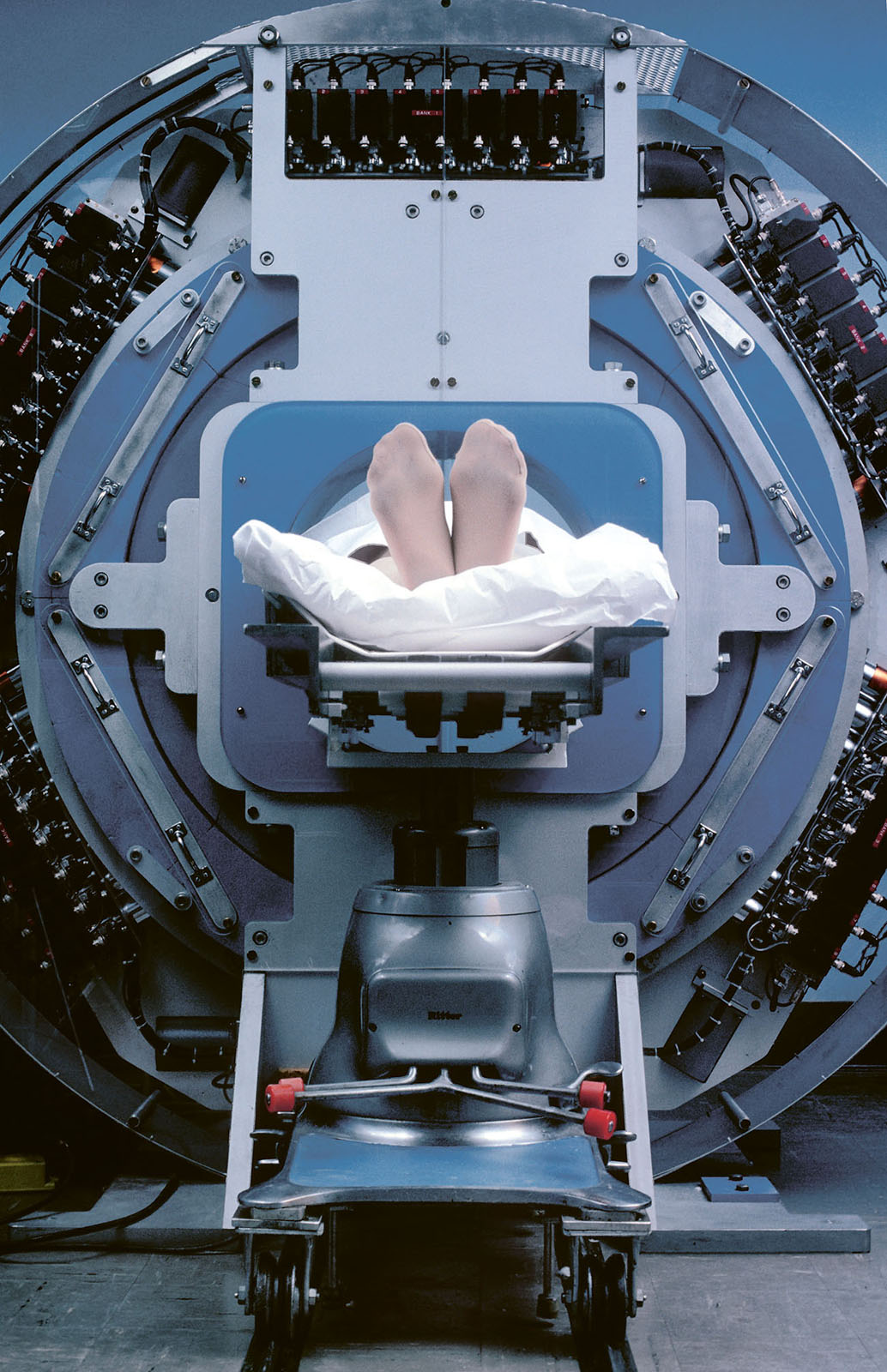

Ian Douglas has written widely on science, technology, health, child development and the ways in which they all collide. He spent many years at the Telegraph writing on these topics and as digital development editor, ran the website for the British Library and was head of digital at the Spectator. He has appeared on BBC Radio 4, NPR and several podcasts talking about everything from using the scientific method in parenting to codebreaking at Bletchley Park.
Matthew Taylor is Chief Executive of the RSA, a 250-year old British institution devoted to enriching society through ideas and action to deliver a 21st-century enlightenment. A writer, public speaker and broadcaster, he has written widely on policy, politics, public service reform and cultural theory, and frequently appears on Newsnight, The Daily Politics, and Radio 4s Today and The Moral Maze. He was previously General Secretary and Chief Executive of the Institute for Public Policy Research, Britains leading think tank.
Thames & Hudson include:
Is Capitalism Working?
Is Democracy Failing?
Is Gender Fluid?
Is Medicine Still Good for Us?
What Shape is Space?
Will AI Replace Us?
Is Masculinity Toxic?
Should We All Be Vegan?
Can We Save The Planet?
www.thamesandhudson.com
www.thamesandhudsonusa.com
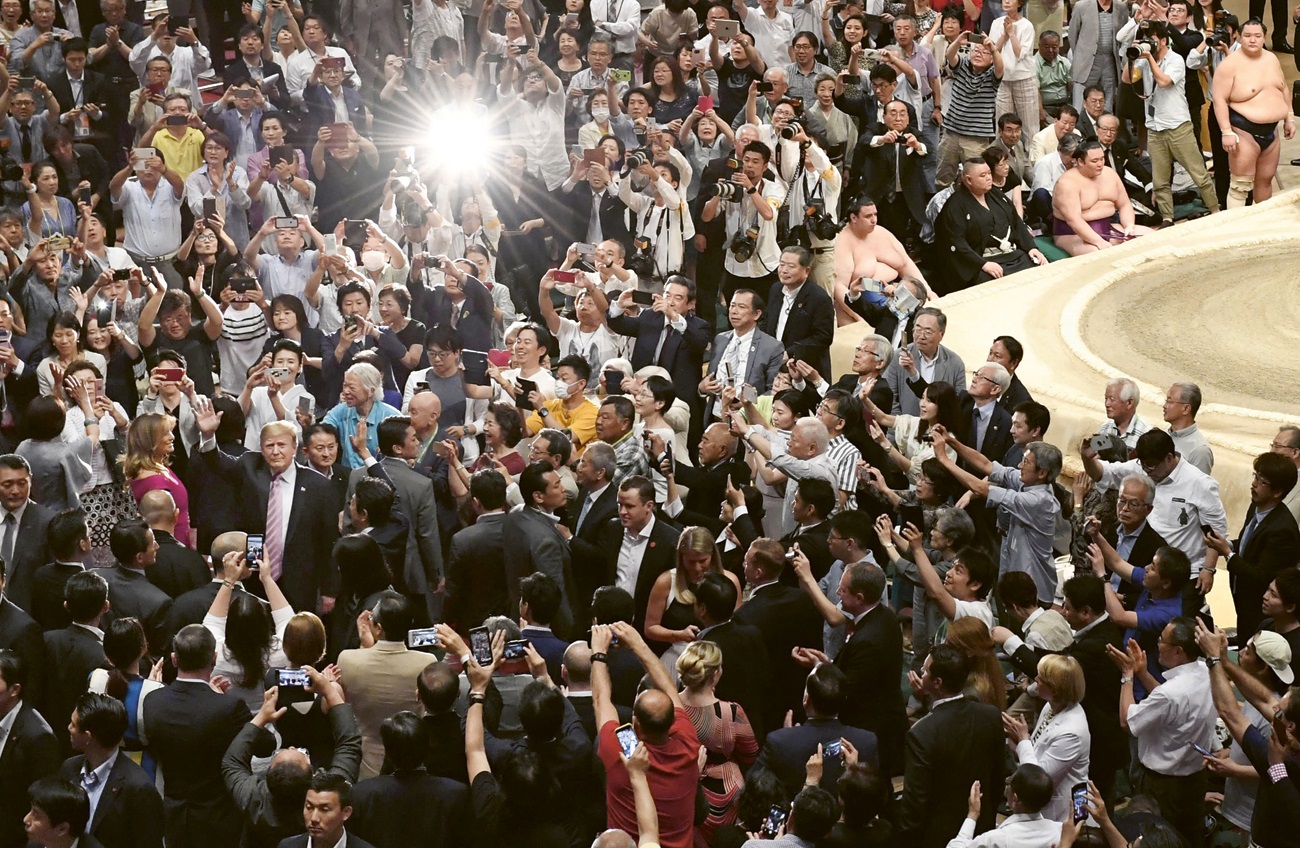
Quick-recognition text hierarchy
Read this book in the way that suits you best. Paragraphs are prioritized using different font sizes. The larger the font size the more important the words are to the overall concept or argument.
So, if you only have half an hour to spare, just read the paragraphs set in the two largest font sizes and youll still get a basic overview of the subject.
With an hour at your disposal, get a deeper understanding of the principles and arguments by reading all the paragraphs apart from those in the smallest font size.
If you can set aside a couple of hours, youll be able to read the entire book and get both a well-balanced overview and a detailed comprehension of individual concepts.
Pertinent and punchy imagery
Images are as much a part of the debate as the text itself. Juxtaposed in a thought-provoking way, or used to expand on the argument, they offer additional insights throughout.

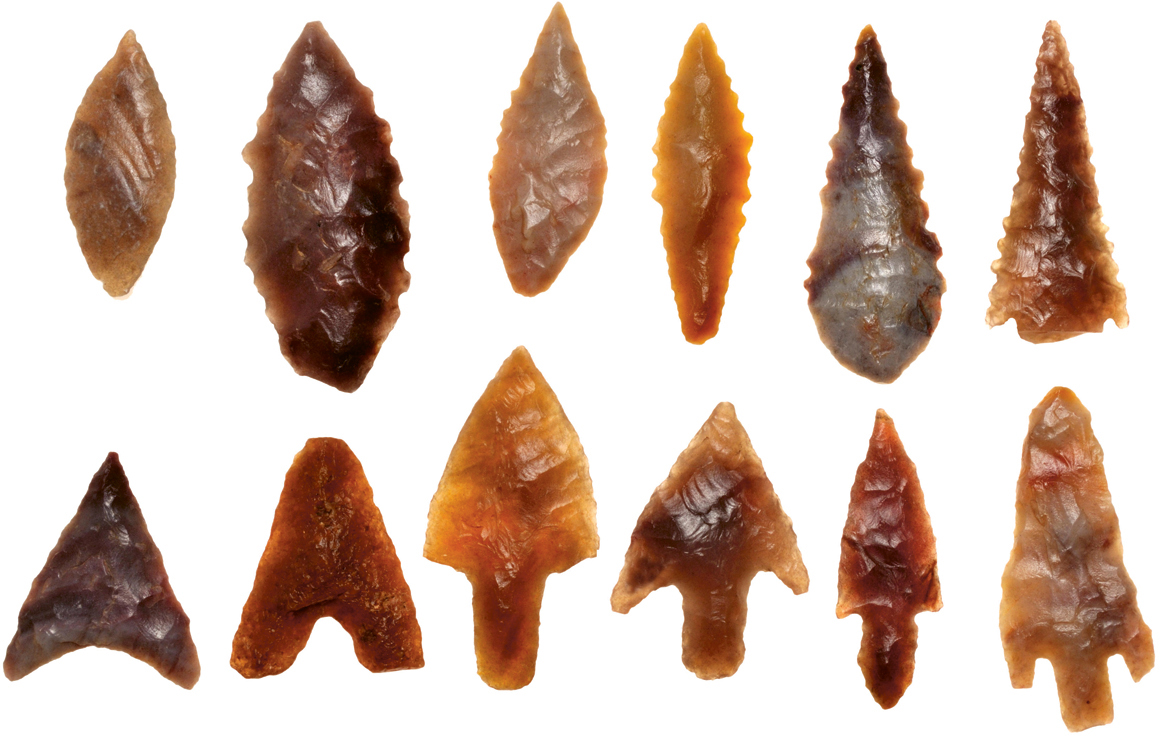
A Neolithic arrowheads from Saharan Africa, c. 4,000 BC. These tiny pieces of stone, 3 cm (1 in.) long, are among the first markers of us as a technological species.
We are, uniquely, the ape that makes complex tools and uses them to solve its problems. We call those tools technology.
Everything from language to clothing, flint spearheads, coracles, fishing hooks, sails, wattle and daub, food salting, gunpowder, candles, paper, glass lenses, printing, the spinning jenny, steam locomotives, telegraphs, antibiotics, microchips, hypertext transfer protocol, DNA sequencing machines, lithium-ion batteries and 5G mobile phone masts are technology, and every bit of it came into use in order to ease some particular sticking point that we encountered. We value our tools very highly. The fact that they can come at a cost to our own well-being matters to us less, and does not dim our enthusiasm for them.
Technology has always made us sick.
Hunter-gatherers 10,000 years ago first experienced diphtheria, syphilis, influenza, salmonella, tuberculosis and leprosy when they domesticated animals. The invention of agriculture , the first defining moment in the evolution of our civilization, reduced average prehistoric life expectancies from the mid-twenties to mid-teens. Neolithic people were anaemic; osteoporotic; deficient in zinc, calcium, vitamins D, B12 and A; and smaller in stature than their ancestors. Their teeth grew crooked and crowded, and fell out earlier due to the new, softer, more sugary diet. However, they did not return to the old, healthier ways because they had fire, pots, fabric, stone tools and permanent shelters for themselves and their stored food surpluses. They may not even have identified their new way of life as the cause of their sickness. It was an unintended, unexpected and unexplained side effect.
Agriculture, cultivating plants and raising livestock, began in parts of what is now the Middle East and independently, a few thousand years later, in the valleys of the Wei and Yellow rivers, now in China.
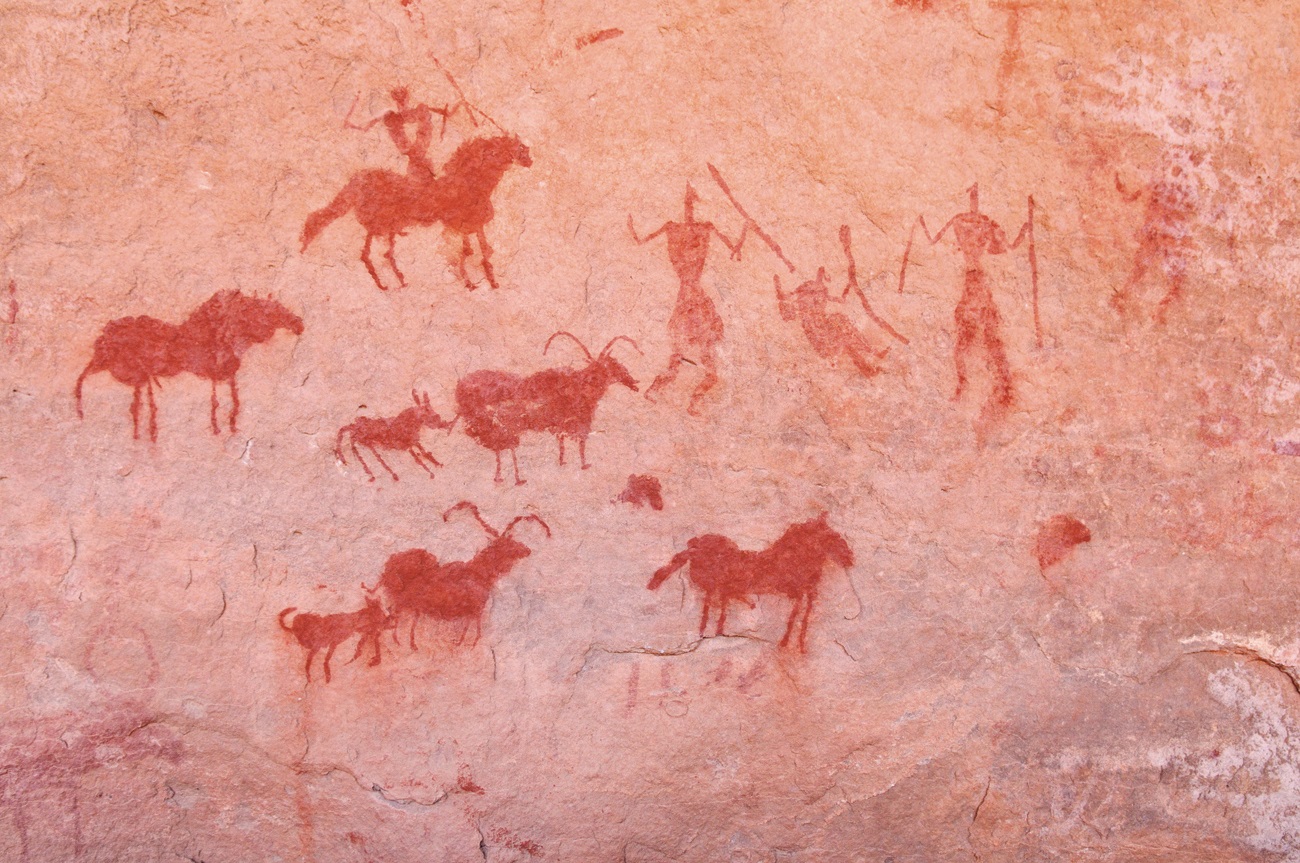
B Rock art from Tassili nAjjer, also Saharan Africa, from c. 7,000 BC shows early animal husbandry.
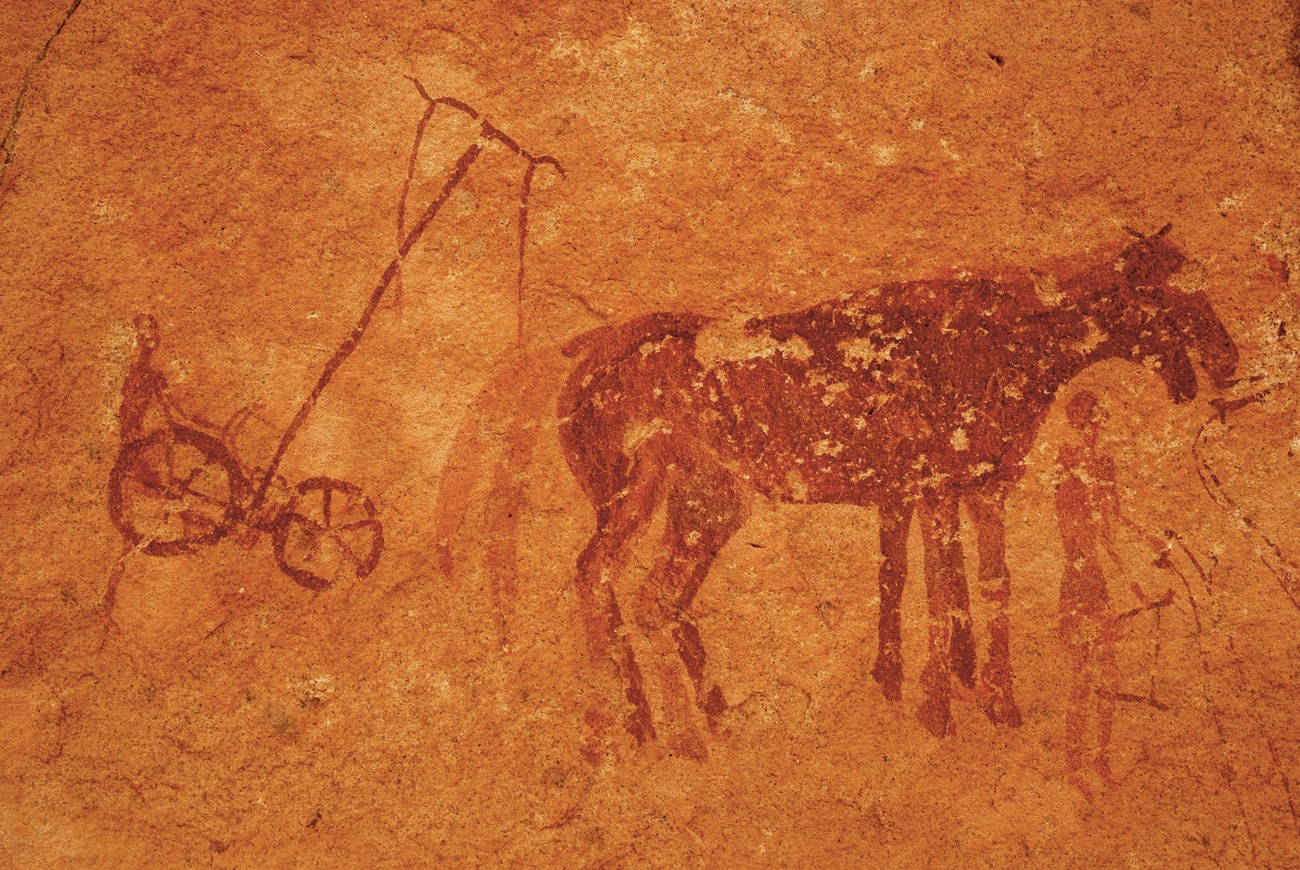
C Contemporary images from the same region showing the use of carts and animals in agriculture.
We have never changed the pattern.
The ancients were fully aware of the poisoning that was caused by using lead for pipes and wine vessels Nicander of Colophon wrote about it in the 2nd century BC but the new material, pliable and with a low melting point, was too useful to give up. It was not until the late 20th century (1970 in Europe and 1986 in the USA) that lead was banned by building codes, ending two millennia of kidney failure, birth defects, diarrhoea and early deaths. It is still used in China.
Nicander of Colophon was a greek poet and physician who wrote about poison in his 630-line poem entitled Alexipharmaca.
In the 19th century, cholera, tuberculosis, typhoid, typhus and smallpox swept through the towns and cities that emerged around the new machine-powered factories. Workers lived closer together, sharing water sources and breathing space in the specialized buildings put up to house the technology, with only the needs of the technology in mind and infection spread more easily.
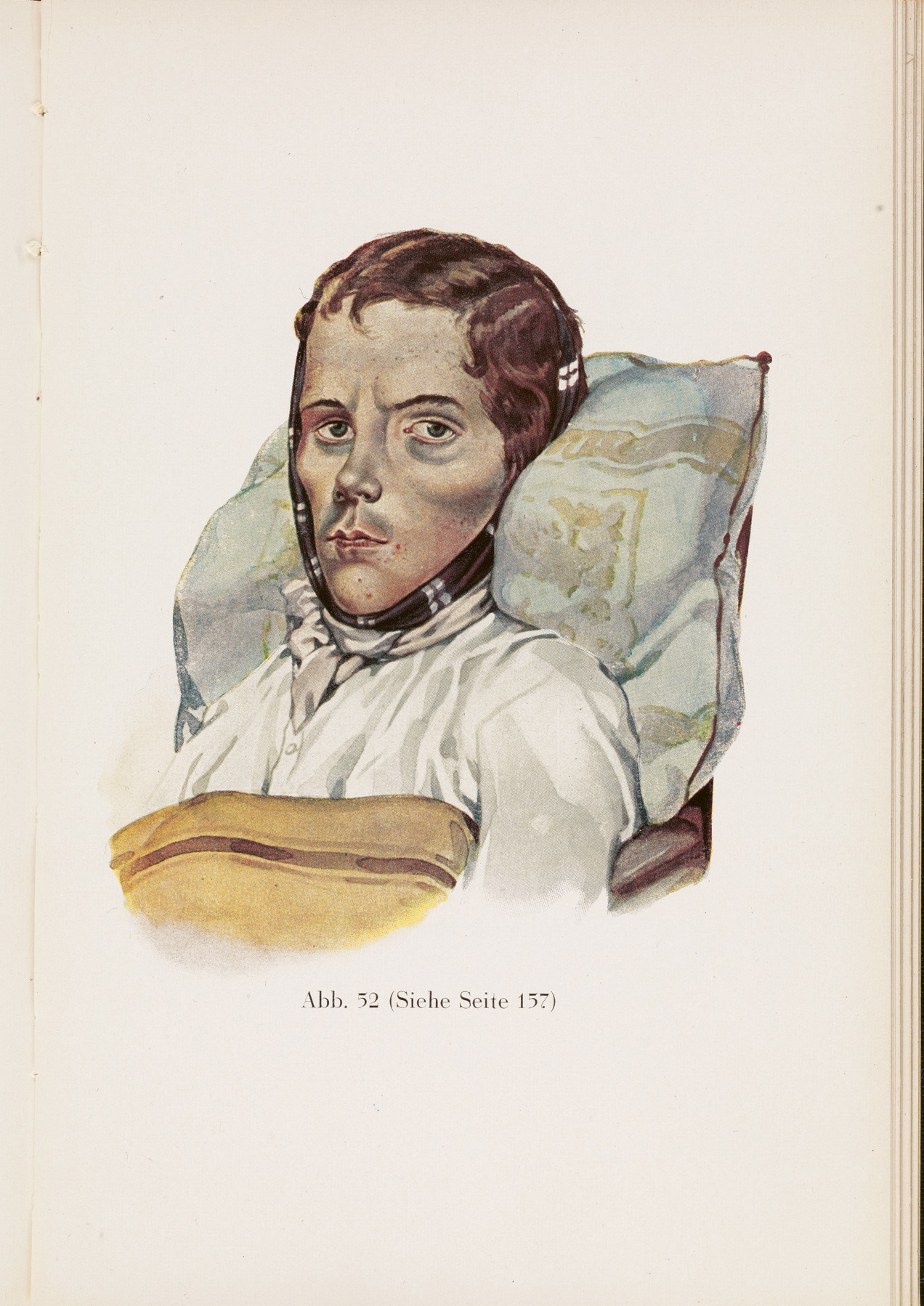

Font size:
Interval:
Bookmark:
Similar books «Is Technology Making Us Sick?»
Look at similar books to Is Technology Making Us Sick?. We have selected literature similar in name and meaning in the hope of providing readers with more options to find new, interesting, not yet read works.
Discussion, reviews of the book Is Technology Making Us Sick? and just readers' own opinions. Leave your comments, write what you think about the work, its meaning or the main characters. Specify what exactly you liked and what you didn't like, and why you think so.

